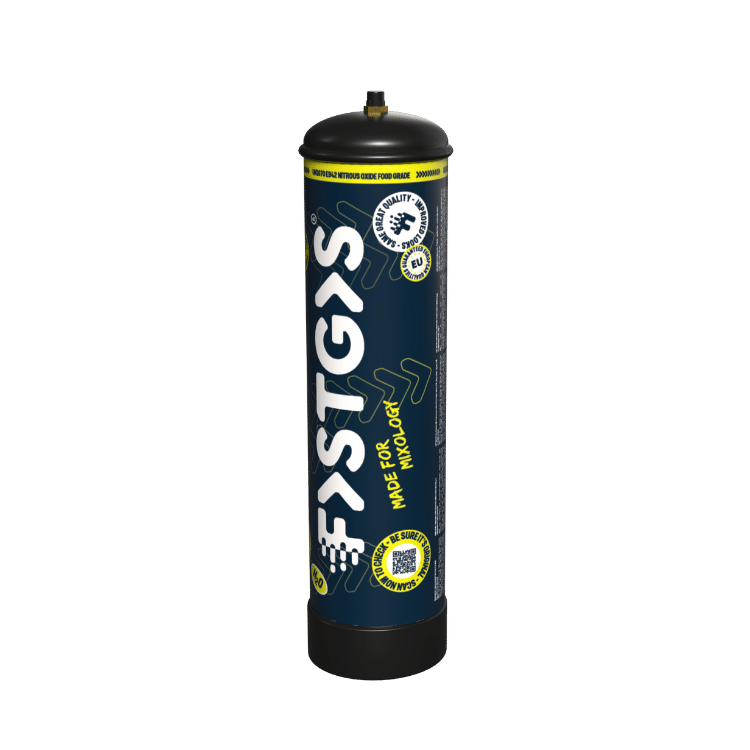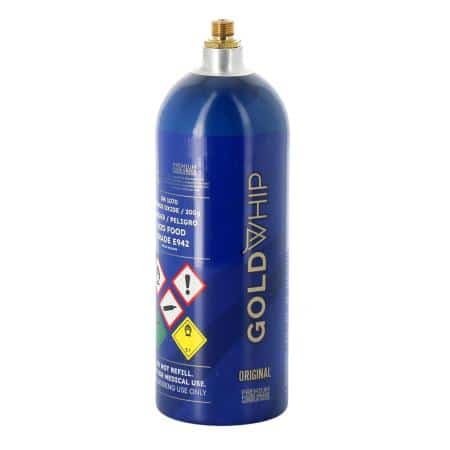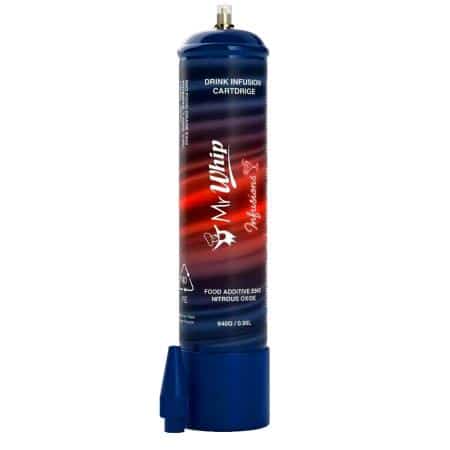200g-670g Cylinders
Home - 200g-670g Cylinders
Discover our versatile range of 200g-670g cylinders, perfect for various industrial, commercial, and creative applications. Crafted with precision and quality materials, these cylinders offer reliable performance and durability. Whether for packaging, manufacturing, or innovative projects, our cylinders ensure safety and efficiency. Elevate your operations with our trusted 200g-670g cylinders, designed to meet your specific needs. Experience excellence today with products built to deliver consistent results and long-lasting value.

£35.45
£21.42
£36.45
Discover the Perfect Size Range with Our 200g-670g Cylinders
Are you searching for high-quality cylinders that offer versatility and reliable performance? Whether you’re in manufacturing, packaging, or creative projects, our 200g-670g Cylinders are designed to meet your needs with precision and durability. These cylinders are the ideal choice for those who value consistency, quality, and ease of use. Keep reading to find out why our cylinders stand out and why they should be your go-to solution today!
Why Choose Our 200g-670g Cylinders?
When it comes to selecting the right cylinders, quality matters. Our 200g-670g Cylinders are crafted with care and precision, ensuring they deliver outstanding performance every time. With a broad weight range, you can find the perfect fit for your specific application, whether it’s for packaging, industrial uses, or creative endeavors. These cylinders are designed to be versatile, durable, and easy to handle, making your work smoother and more efficient.
Exceptional Features & Benefits
- Wide Weight Range: From 200g up to 670g, our cylinders provide flexibility for various project scales.
- Premium Materials: Made from high-quality, durable materials that withstand wear and tear, ensuring longevity.
- Consistent Performance: Achieve uniform results every time, thanks to their precise manufacturing process.
- Easy Handling: Designed for straightforward use, these cylinders are lightweight yet sturdy, reducing fatigue during extended use.
- Versatile Applications: Perfect for packaging products, creative arts, industrial processes, or custom projects.
- Cost-Effective Solution: Offering excellent value, these cylinders help you optimize your budget without sacrificing quality.
Designed for Your Success
Our 200g-670g Cylinders are not just about size—they’re about providing a trusted, reliable tool that elevates your work. Whether you need a robust cylinder for industrial applications or a versatile option for creative projects, these products promise consistent quality and performance. When you buy from us, you’re choosing a product that’s built to last and designed to meet the highest standards.
Order with Confidence Today
Ready to upgrade your toolkit? Don’t wait to shop the best cylinders on the market. Our easy ordering process ensures quick delivery, so you can get started on your project without delay. Plus, our friendly customer support team is here to help you choose the right size and answer any questions. Buy now and experience the difference that quality makes!
We invite you to order your 200g-670g Cylinders today and enjoy the peace of mind that comes with our trusted products. Make your work easier, more efficient, and more successful—shop now and take the first step towards achieving great results!
- Best Selling!



